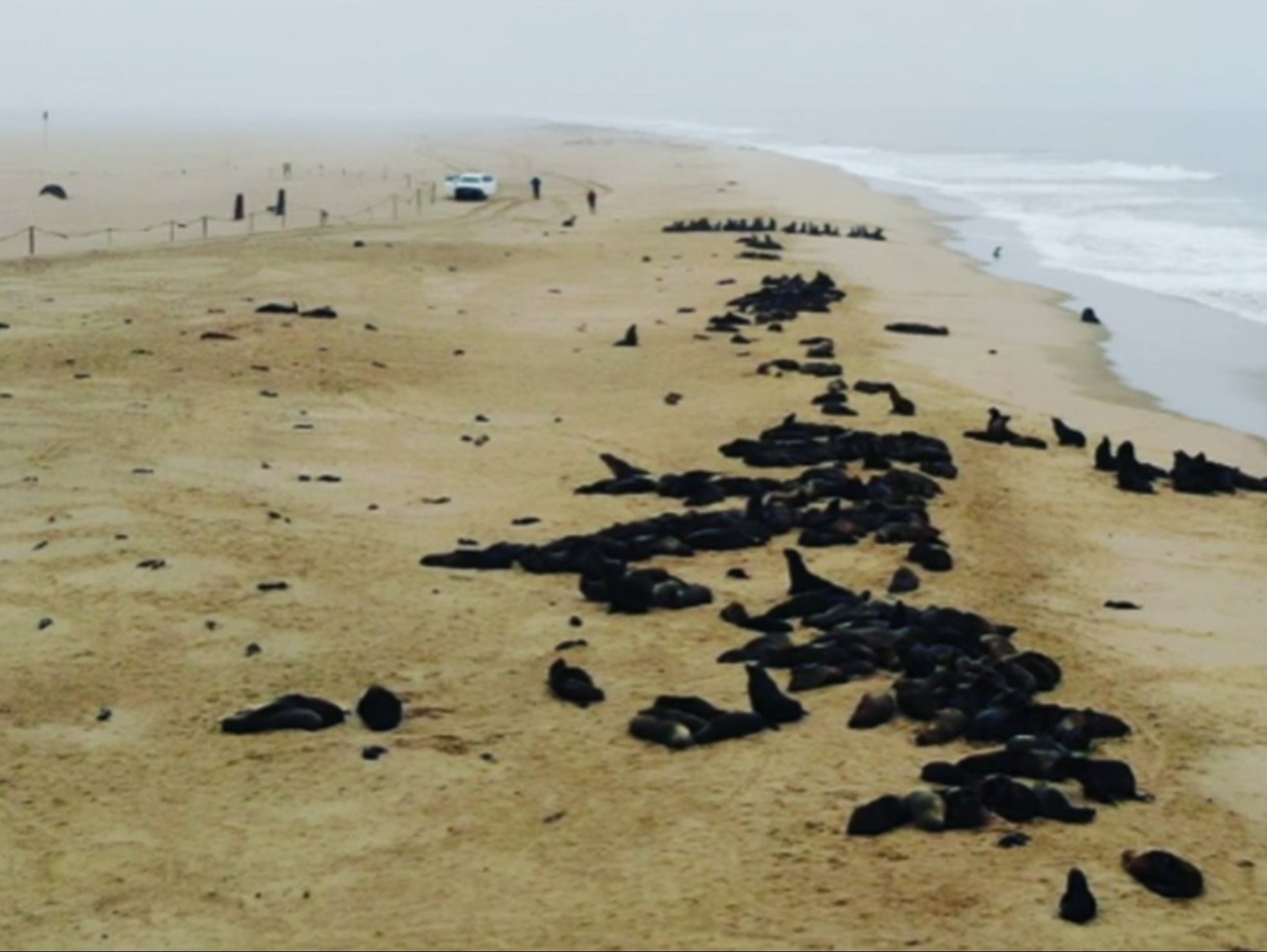Thousands of seal pups discovered dead in mysterious mass die-off at colony in Namibia
‘This is tragic, as it makes up a large portion of the new pup arrivals expected in late November,’ says conservationist organisation

Your support helps us to tell the story
From reproductive rights to climate change to Big Tech, The Independent is on the ground when the story is developing. Whether it's investigating the financials of Elon Musk's pro-Trump PAC or producing our latest documentary, 'The A Word', which shines a light on the American women fighting for reproductive rights, we know how important it is to parse out the facts from the messaging.
At such a critical moment in US history, we need reporters on the ground. Your donation allows us to keep sending journalists to speak to both sides of the story.
The Independent is trusted by Americans across the entire political spectrum. And unlike many other quality news outlets, we choose not to lock Americans out of our reporting and analysis with paywalls. We believe quality journalism should be available to everyone, paid for by those who can afford it.
Your support makes all the difference.Thousands of dead seal pups have been washed up on land in Namibia – raising consternation from animal conservation groups.
Cape fur seals, who are often called the “dogs of the ocean” due to their playful nature, will often desert their young or abort their foetuses if there is a dearth of food around.
Naude Dreyer, of Ocean Conservation Namibia, noticed the bodies after flying his drone over Walvis Bay’s Pelican Point seal colony on 5 October.
“This is the situation at Pelican Point, Namibia," his organisation tweeted. "All the little red circles mark dead seal pups. A rough estimate brings the numbers to more than 5,000 at our seal colony alone. This is tragic, as it makes up a large portion of the new pup arrivals expected in late November.”
Cape fur seals can predominantly be found along the coastlines of Namibia and South Africa – stretching to the southern tip of Angola in the north.
Dr Tess Gridley, who works with Ocean Conservation Namibia, told Africa News: “Normally cape fur seals would give birth from mid-November until early December.
“That’s the height of pupping that we would normally expect but what has been happening this year is there has been an increase in abortions that was first seen starting in August and really sort of peaked just last week in October.”
She said Mr Dreyer, an activist who began rescuing seals on his own at Pelican Point years back, has seen very thin females and this is worrying.
Dr Gridley, who is also a researcher at Namibian Dolphin Project, added: “There are about 1.7 million cape fur seals in total and about a million of those are actually in Namibia so in terms of the overall number of animals, they are quite resilient to these effects.
“But one issue that we do think might happen in the future is you will see a dip in reproduction potentially going forward particularly now for those animals that have unfortunately died.
"They are not going to be recruited into the population, so you might see a localised effect at the Pelican Point colony and also we are trying to monitor to see whether there is a wider scale impact that might affect other colonies as well.”
A shortage of food and disease spreading have been suggested as potential reasons behind the washed up dead seal pups. The deaths are now being looked into by the nation’s fisheries ministry.


Join our commenting forum
Join thought-provoking conversations, follow other Independent readers and see their replies
Comments